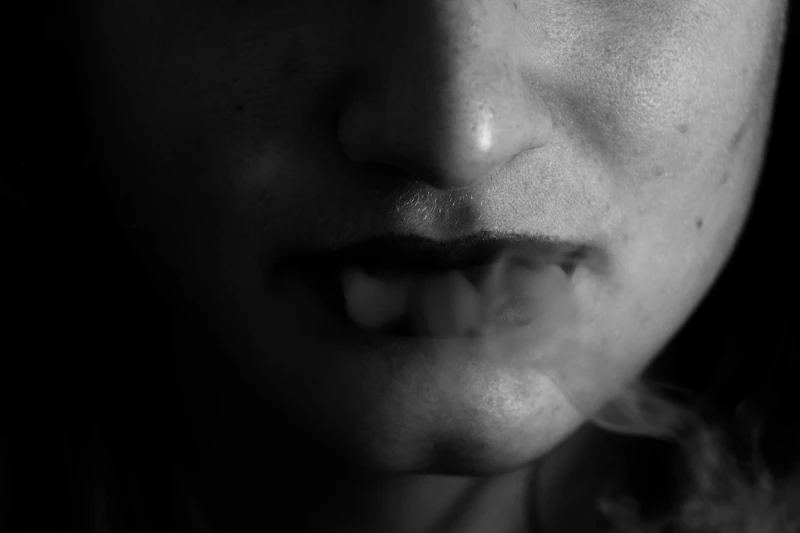
Understanding how addictions develop and persist helps us look deeper into the problem and discover paths to support and prevention.
What is Addiction?
Broadly speaking, addiction is a state in which a person cannot give up a certain behavior or substance despite negative consequences. This may involve alcohol, drugs, gambling, social media, or even food. Research shows that the mechanisms of addiction are similar regardless of the object (PubMed).
Psychological Mechanisms of Addiction Formation
1. The Brain’s Reward System
Our brain is designed so that certain actions trigger dopamine release — the neurotransmitter linked with pleasure. When people experience joy from eating, socializing, or achievements, they reinforce that behavior. In the case of addiction, the reward system works pathologically, creating a persistent craving for the stimulus.
2. Habit Reinforcement
Repetitive actions form conditioned reflexes. For example, every time someone smokes, they associate the act with relaxation. Over time, the habit becomes an automatic reaction.
3. Emotional Avoidance
Addiction often develops as a way to avoid negative emotions — anxiety, stress, or loneliness. People turn to the addictive object to “mute” their inner distress.
Biological Mechanisms of Addiction
Modern research shows that addiction is linked to changes in brain function. Three key areas are most involved: the prefrontal cortex, the limbic system, and the basal ganglia.
- Prefrontal cortex regulates control, decision-making, and self-regulation. In addiction, its function weakens, making it harder to resist impulses.
- Limbic system participates in forming emotions and pleasure. It becomes hypersensitive to the “object of addiction.”
- Basal ganglia are linked to habit formation. Repetitive behavior is consolidated here.
Over time, tolerance develops — greater stimulation is needed to achieve the same effect. Withdrawal syndrome appears when stopping: irritability, anxiety, depression, and physical discomfort.
Psychological Theories of Addiction
Psychoanalytic Theory
According to psychoanalysis, addiction is a way of escaping internal conflicts and anxiety. A person attempts to replace emotional deficits with external stimuli.
Behavioral Theory
Addiction is seen as a reinforced habit. Rewards increase the likelihood of repeated behavior, and over time the habit becomes automatic.
Cognitive Theory
The focus is on mistaken beliefs and thoughts. For example, someone may believe: “I can only relax with alcohol.” Such beliefs reinforce addiction.
Stages of Addiction Formation
Psychologists highlight several stages people often go through when facing addiction.
| Stage | Characteristic | Consequences |
|---|---|---|
| Curiosity | First acquaintance, trying | Sense of novelty, interest |
| Regular use | Returning to the stimulus again and again | Habit formation |
| Loss of control | The person cannot limit themselves | Ignoring negative consequences |
| Life disruption | Addiction affects work, relationships, health | Social isolation, illness |
Impact of Addiction on Family and Environment
Addiction affects not only the person but also their loved ones. Family members often witness destructive outcomes and feel emotional strain. A phenomenon called “codependency” arises — when relatives adjust their lives around the addicted person, trying to control their behavior.
Social Aspects and Cultural Differences
Cultural norms and availability of substances play a major role. In countries where alcohol or gambling is strictly regulated, addiction rates are lower. Media and advertising can also heighten risk: bright images associating use with success and pleasure become powerful triggers for many.
Modern Research Directions
Science does not stand still. Neuroimaging technologies now show how the brain changes under addiction. Apps for self-control and habit tracking, online support groups, and digital prevention programs are emerging. All this helps us better understand and manage addiction mechanisms.
Why is It So Hard to Quit Addiction?
Addiction alters not only habits but also brain structure. Withdrawal syndrome arises when the usual stimulus is absent. Social triggers also play a key role: ads, familiar groups, or specific places.
Modern Approaches to Understanding and Overcoming Addiction
Contemporary approaches consider psychological, social, and biological aspects of addiction. Cognitive-behavioral therapy helps identify triggers and change destructive behavior patterns (Mayo Clinic). Family support and self-help groups are also crucial.
The Role of Prevention
According to Harvard Health, prevention is more effective than treatment. Developing stress resilience, self-regulation skills, and critical thinking toward cultural norms lowers the risk of addiction.
Personal Growth and Recovery
Breaking free from addiction requires forming new habits and sources of joy. Many people find support in sports, creativity, or volunteer work. This not only reduces relapse risk but also brings new meaning to life.
Frequently Asked Questions
A: Many people achieve long-term remission, but relapse risk remains. Building new habits and coping strategies is vital.
Q: Is addiction always related to chemical substances?
A: No, there are also behavioral addictions — for example, to social media or gambling.
Q: Why does addiction return even after a long break?
A: Neural pathways associated with addictive behavior remain in the brain. Under triggers, they can reactivate.
Q: Can addiction be prevented in teenagers?
A: Yes, prevention plays a key role. It is important to develop self-control, critical thinking, and stress management skills.
- Have you thought about which emotions or situations trigger this behavior?
- How can you replace them with healthier strategies?
- What advice would you give a teenager seeking ways to cope with stress?
Disclaimer: This material is for informational and educational purposes only. It is not a medical recommendation and does not replace professional consultation. If you or your loved ones face addiction issues, seek help from a doctor or psychologist.


